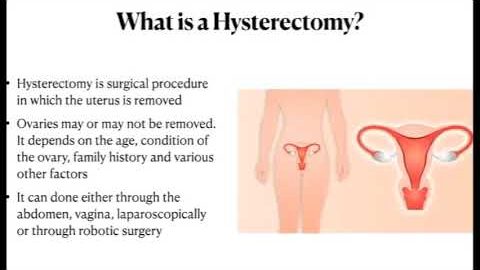Robotic Thyroidectomy Patient – 2
Manipal Hospital Consultant and Head of the Department of Surgical Oncology Dr. S. P. Somashekhar video showing patient pre-surgery surgeon’s markings, external video of the exposure (under right armpit) from Axilla to Sternocleidomastoid Muscle (incision, opening cavity for robotic tools). With excellent photograph with labels of key anatomy. Also shown is assembly of Chung’s Retractor, trocar placement in chest and robot docking. Excellent da Vinci video follows with labels of tools used and procedural steps. The video ends with footage of the closure of the under arm wound. Not narrated. 11:18
The robotic thyroidectomy is a revolutionary alternative to traditional thyroid surgery. Instead of accessing the thyroid gland at the base of the neck, the robotic thyroidectomy accesses it through an incision under the arm. This is called an axillary approach. That incision is 5-6 cm long, but it’s hidden–unlike the incisions from open or even most endoscopic thyroidectomies. There’s another very small incision–5 mm–in the chest; however, in many cases, the chest incision is not required. Once the incision is made under the arm, the thyroid gland is accessed by the da vinci surgical team. By approaching the thyroid through an incision in the axillary fold (under the arm) and using the da Vinci system, surgeons are able to eliminate the neck scar and reduce post-surgical numbness of the anterior neck.
Date
August 15, 2020






